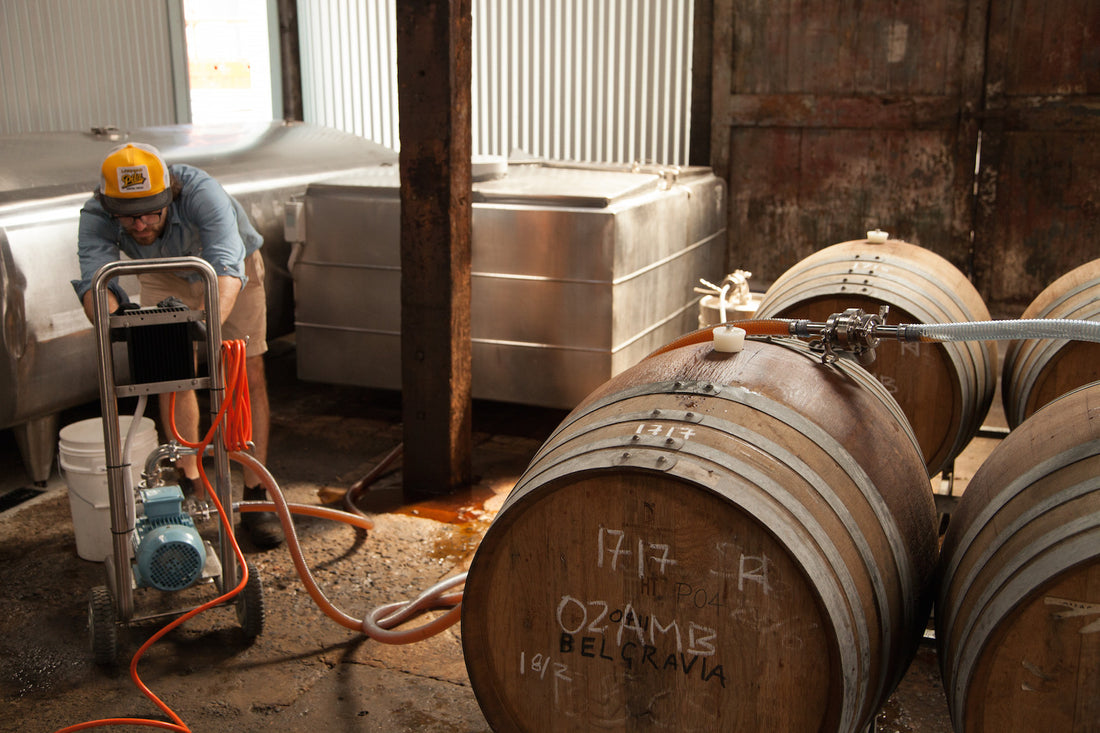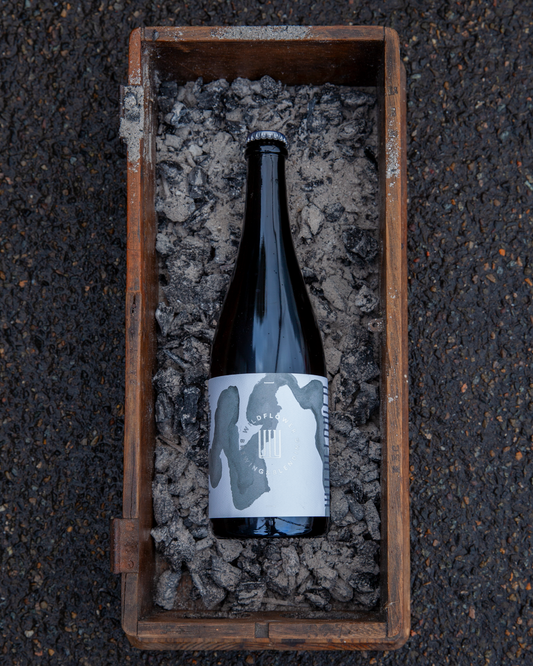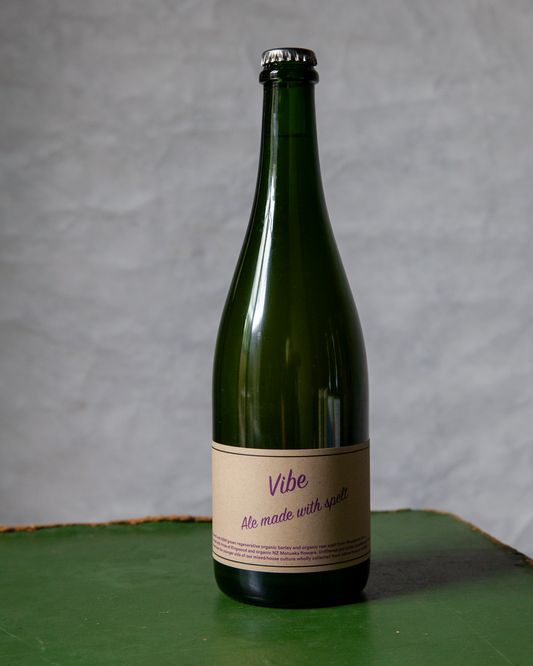Its pretty simple to overstate what we are doing here at Wildflower (^). The reality is that our process is actually pretty simple and boils down to one thing, do what’s right for the beer. Of all the things I have learned from various producers of old-world beers, the thing that always pops up is time. Don’t rush yourself, don’t rush the yeast, don’t rush the beer. It doesn’t make cashflow easy but it does simplify decisions.
Our pursuit of working with our raw materials and mother nature to make drinkable beer dictates our process at Wildflower. Every month I am going to highlight some part of our beer making process explaining why we do it and what why it’s best for the beer. Most of this stuff surrounds going back-to-the-basics of beer making and the gradual elimination of mechanisation. One thing though is so essential to what we do, it’s in our name, blending.
Not all that long ago, the wooden barrel was the vessel of storage. Nails, cured fish, oils, salted meat, spirits, wine, beer, actually pretty much everything was stored or shipped in some sort barrel. We now think of shipping containers and pallets as the standards in trade and transport; but at the turn of the 19th century the humble wooden barrel dominated that space. It was no different for brewers, before metal fermentation vessels, beer was fermented in wood. In fact depending on where you look, some beer spent its entire life before consumption housed in oak, mashing, boiling, fermentation, maturation and transport vessel. In the space of a few hundred years this material pretty much has no place in a brewery.
There are a ton of reasons for this, sanitation is probably the most notable though. Wood is a great harbourer of yeast which is a big problem for pure culture brewers as a source of an infection outside of the pitched monoculture.
One could, though, see this trait as a positive. Imagine a barrel that has hosted a number of beers over a number of years and develops its own micro-environment of mixed cultures. This, for some (like us), turns a barrel into a mini propagation chamber of some unique flavour. Now imagine having a bunch of barrels that all have their own little nuances, each its own place for some blend of wild yeast to do its thing. Well then you get a diversity of expression, even from the exact same batch of beer. We think that’s pretty cool.
In the right conditions and in the presence of a good culture of yeast, a beer made with a mixed culture will mature over time (especially well in a barrel) and develop more complex, sour and funky flavours. Some of these esters and flavours can be pretty intense and can throw the beverage out of balance. It can get overly acidic, or hyper funky. Some brewers aim for those extreme flavours but we would rather use them as an element of something bigger.
So what we do at Wildflower is blend the beer in our barrels to create a composition of flavour. Blending is like painting and each barrel in my stock is a new colour that I can use. Alone it might be boring, everything mixed together would muddle the canvas, it’s about incrementally building something that is greater than the sum of its parts using some restraint to keep it all in balance. A lot of the time for us this mainly means blending older stock with newer stock. The older beer can bring strong earthy, acidic, funky notes while the younger beer brings freshness, brightness, fresh hop aroma and spicy fermentation characteristics to the the blend. It’s not about trying to get a ‘best of both worlds’ beer, it’s about developing length and nuance in a drink.
I haven’t blended a whole lot of beer so I’m probably not the best person to explain how to do this. But it’s something pretty intimate and every time you purchase a blended beer you are really getting a sense of the blenders palette, how they taste and what they want in a beer. I am going to keep experimenting, keep blending and over time the beers will improve because I will be able to step further out of the process. Our beers that are blended, Gold and Amber, will be packaged and denoted by blend number. When we release them, I’ll say a bit about each blend, what it’s showing, what I was going for and what you can expect from them.
I don’t ever want our process to get ahead of us. At the end of the day I would love for you to pour the beer into a glass the first time you try it, this really helps with the aromatics. But after that, it’s yours. Take it to the beach, drink it with friends, whatever you want really.
Can’t wait to share some with you
best,
topher



